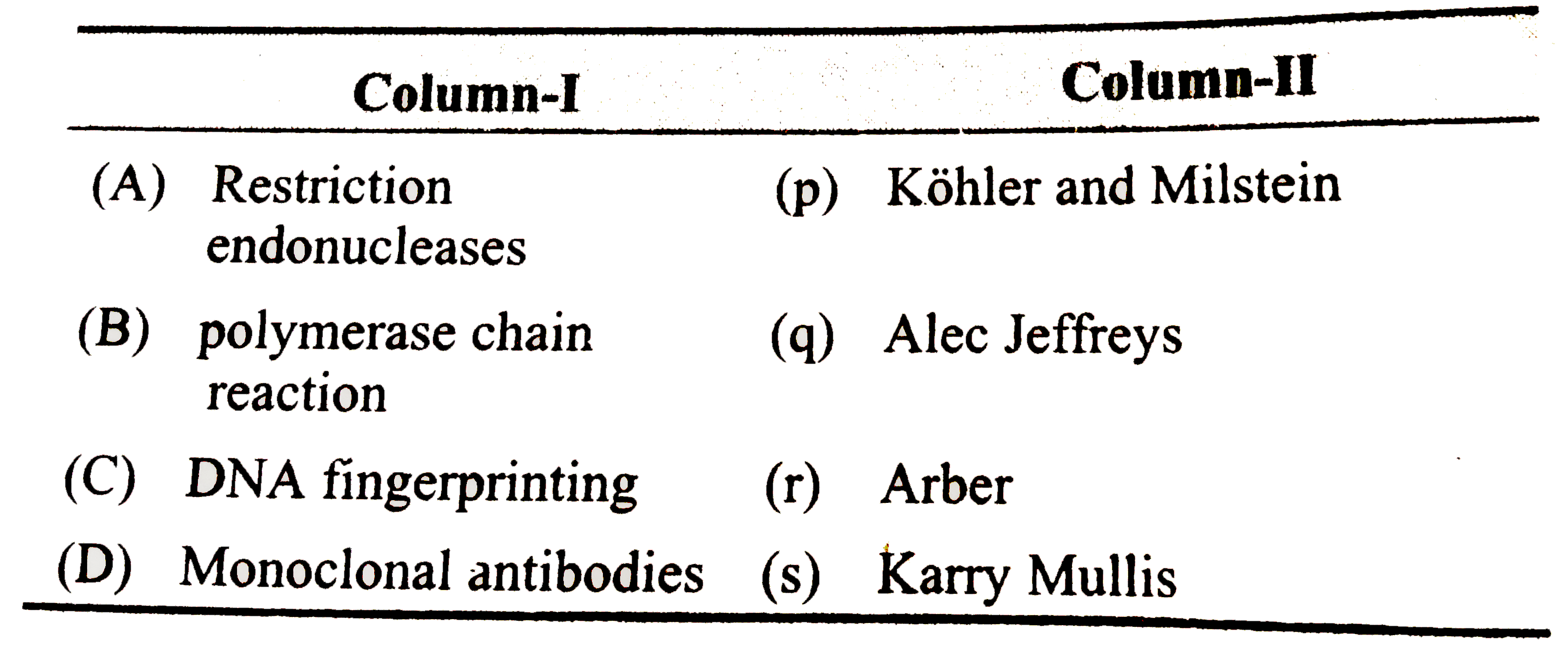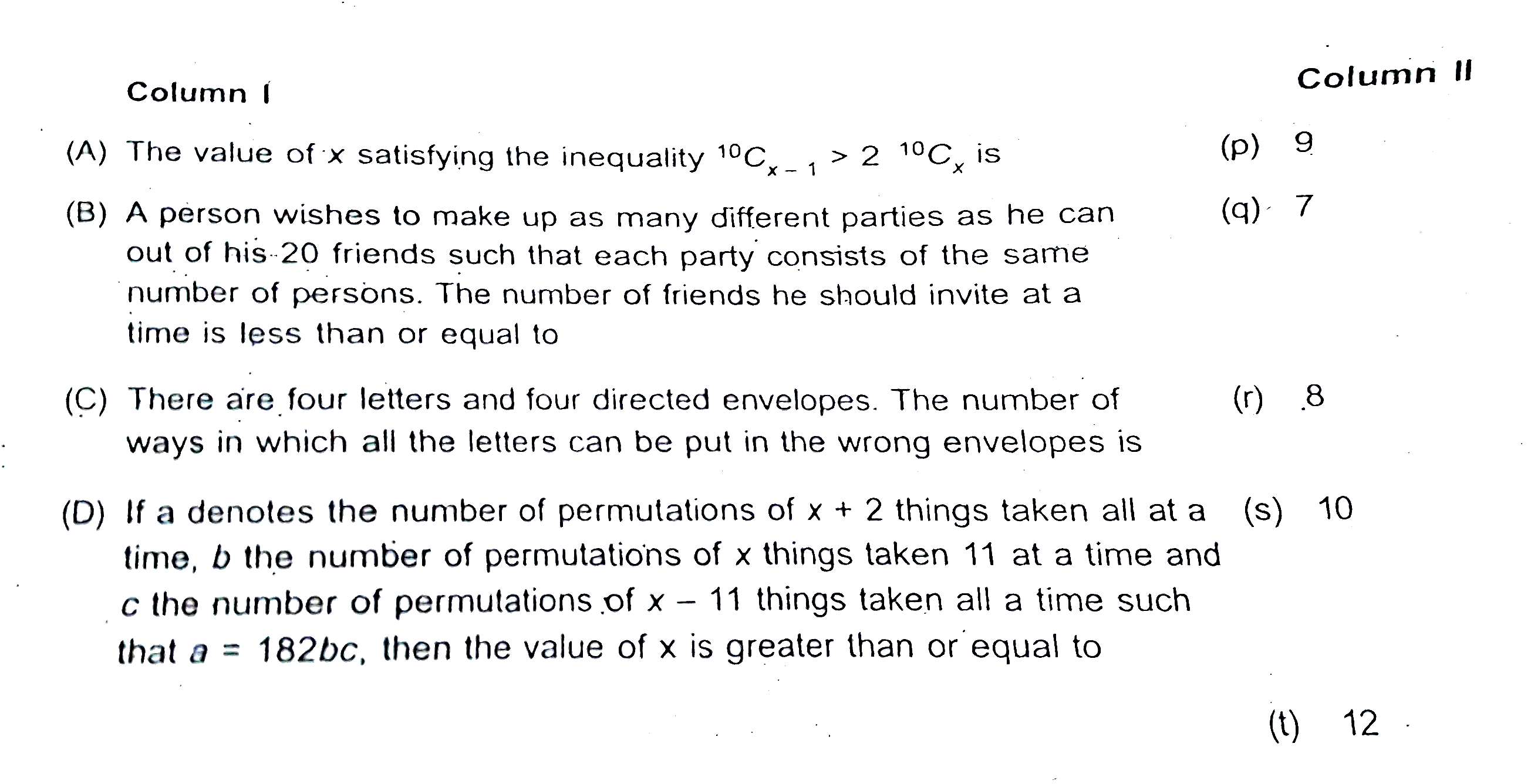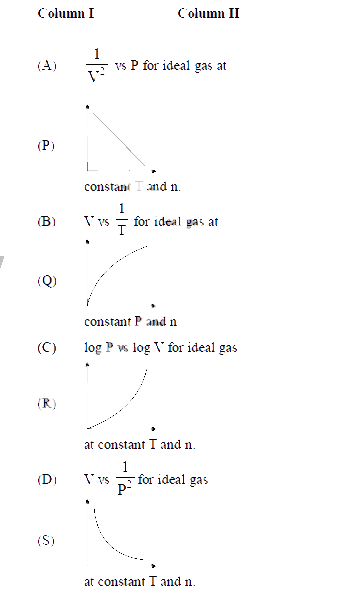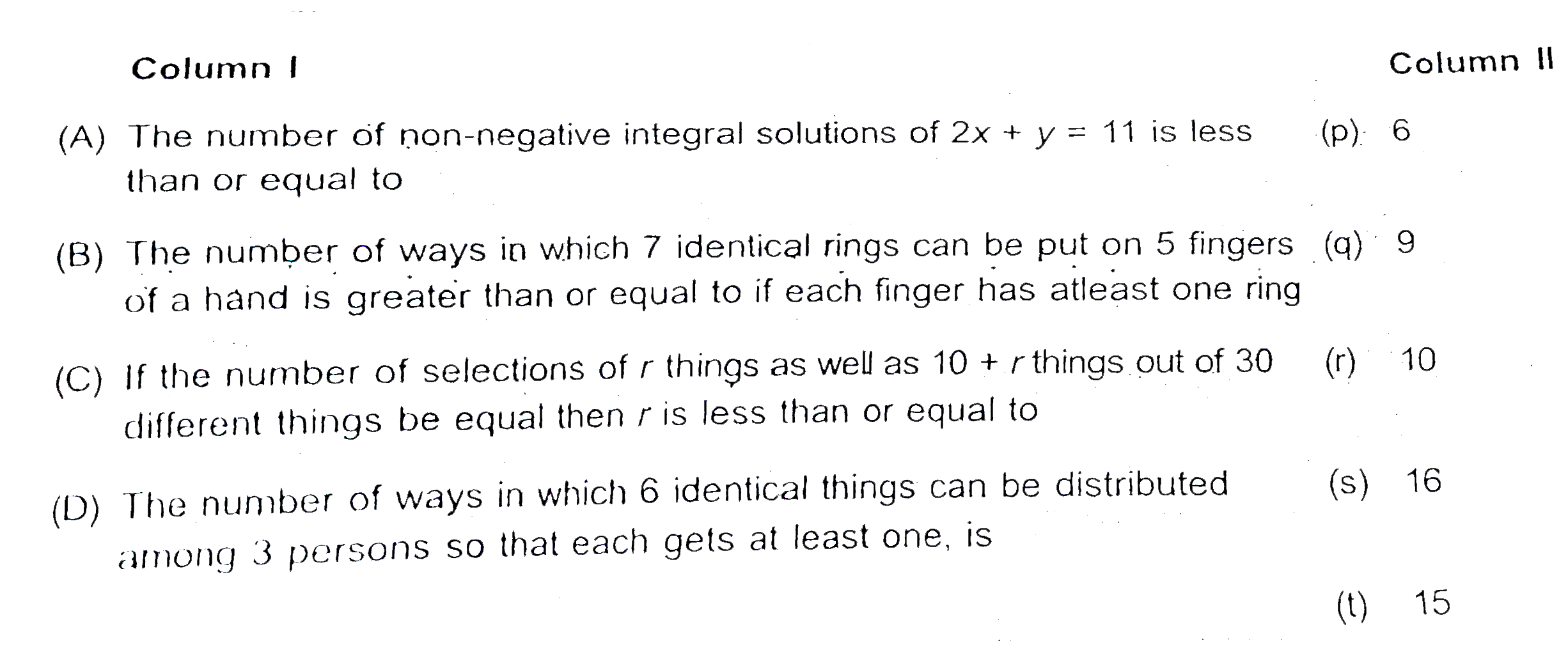A particle moves with position vector given by r=3t2ˆi+4ˆj where r is measured in metres and t in seconds. For t>0. Match the entries in Column I with those in Column - II.
Column-I Column-II(A) Angular acceleration(P) increase with time (about the axis passing through the origin)(B) Liner momentum of the particle (Q) decrease with time(C) Angular speed of the particle about the axis passing through the origin(R) constant in time(D) Magnitude of angular momentum of the particle with respect the origin is (S) directly proportional to the time.(T) is along negative axis
Text Solution
The correct Answer is:A-RS;B-PS;C-PS;D-PS
|
Topper's Solved these Questions
- ROTATIONAL DYNAMICS BOOK - AAKASH SERIESCHAPTER - ROTATIONAL DYNAMICS EXERCISE - ADDITIONAL PRACTICE EXERCISE (LEVEL-I Straight Objective Type Questions)
51 Videos
- ROTATIONAL DYNAMICS BOOK - AAKASH SERIESCHAPTER - ROTATIONAL DYNAMICS EXERCISE - LEVEL - II LECTURE SHEET (ADVANCED) More than One correct answer Type Questions
14 Videos
- ROTATIONAL DYNAMICS BOOK - AAKASH SERIESCHAPTER - ROTATIONAL DYNAMICS EXERCISE - PRACTICE SHEET (Exercise - VI) (LEVEL - II Linked Comprehension Type Questions)
3 Videos
- RIVISION EXERCISEBOOK - AAKASH SERIESCHAPTER - RIVISION EXERCISEEXERCISE - MOTION IN A PLANE (LAMNI.S THEOREM)
6 Videos
- ROTATIONAL MECHANICSBOOK - AAKASH SERIESCHAPTER - ROTATIONAL MECHANICSEXERCISE - Questions for Descriptive Answers
20 Videos
Similar Questions
Knowledge Check
Match the entries in column-I with those of column-II and choose the correct answer.
 AA−(r),B−(s),C−(q),D−(p)BA−(r),B−(q),C−(s),D−(p)CA−(q),B−(r),C−(s),D−(p)DA−(q),B−(s),C−(r),D−(q)
AA−(r),B−(s),C−(q),D−(p)BA−(r),B−(q),C−(s),D−(p)CA−(q),B−(r),C−(s),D−(p)DA−(q),B−(s),C−(r),D−(q)
Match the entries of Column I with those of Column-II

View SolutionMatch the entries of Column I with those of Column-II

View SolutionMatch the entries in Column - I with those of Column - II and chosse the correct answer

View SolutionMatch the entries in Column - I with those of Column - II and chosse the correct answer

View SolutionMatch the entries in column I with entries in Column II and then pick out correct options.
Column I Column II

View SolutionMatch the column I w.r.t column II

View SolutionA car is moving along a straight line. It's displacemetn (x)- time (t) grapg is shown in column II. Match the entries in column I with points on graph.

View Solution

